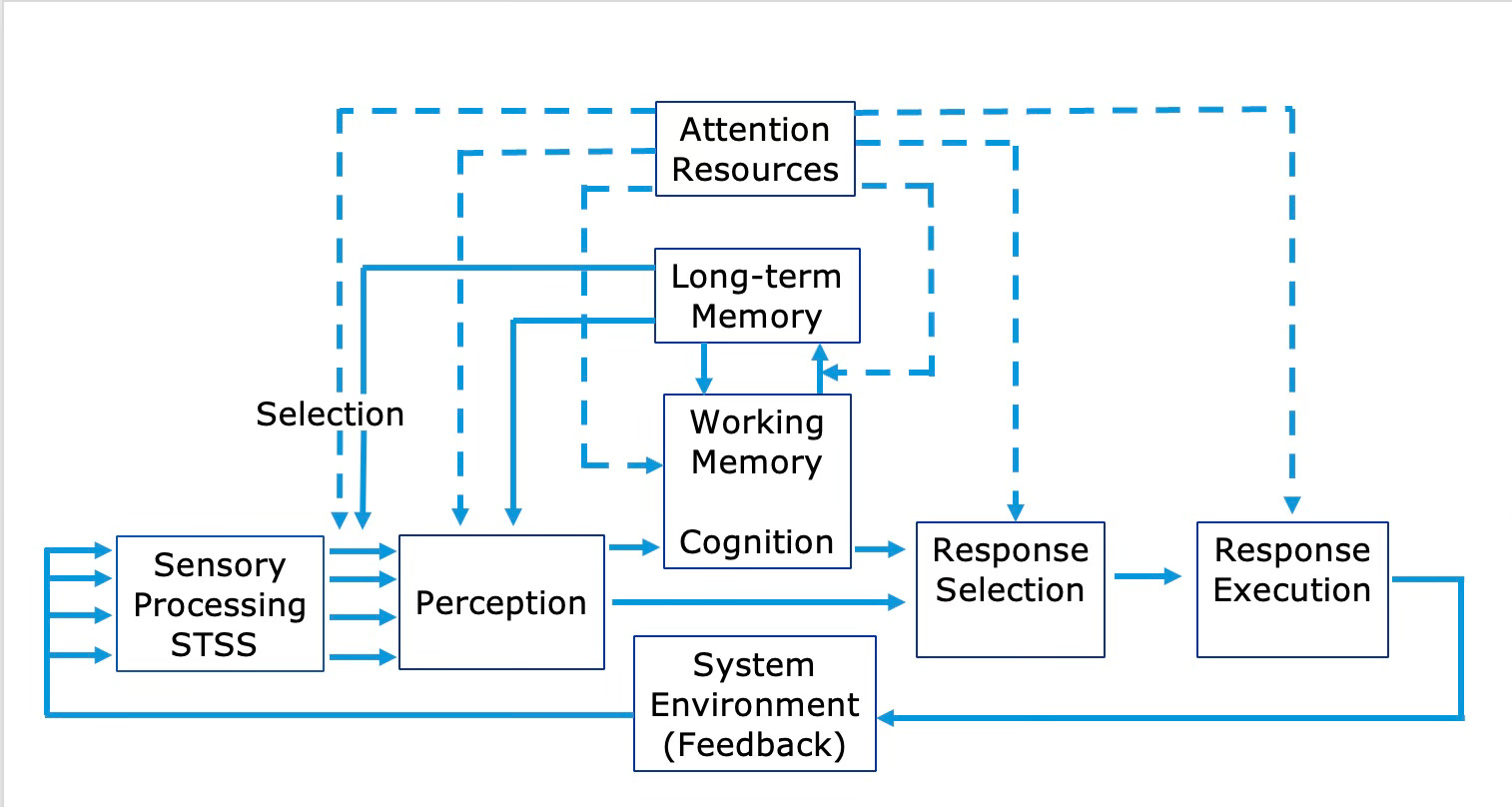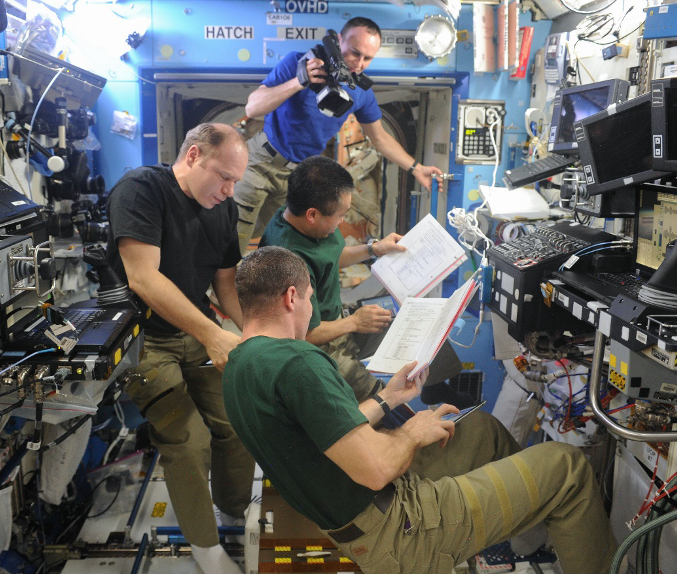Space Between the Ears: Human Cognition in Space Operations
Part 1: Foundations and Core Concepts of Understanding Human Information Processing

Space operations represent one of humanity's most complex endeavours, where the margin for error is vanishingly small and the consequences of failure can be catastrophic. At the heart of successful space operations lies a critical element: human cognitive performance.
This three-part series examines how humans process information in space environments and explores the implications for mission success, system design, and future space exploration.

What to Expect
Part 1: Understanding Human Information Processing in Space Operations
How do humans receive, interpret, and respond to information in space? We'll explore the fundamentals of human information processing and examine how the space environment affects our cognitive capabilities. From basic sensory input to complex decision-making, we'll look at how the human brain adapts to operate in one of the most challenging environments.
Part 2: Cognitive Workload: The Critical Balance in Space Operations
What happens when mental demands exceed human capacity? Part 2 looks into cognitive workload—quantifying mental effort and understanding its impact on performance. We'll explore the delicate balance between task demands and human capabilities, introducing the concept of the "Red Line" in performance.
Part 3: Optimising Human Performance in Space: From Theory to Practice
How do we apply our understanding of human cognition to improve space operations? The final part examines practical applications, from system design to training protocols. We'll look at current practices, future challenges, and the broader implications for both space exploration and terrestrial operations.
Why This Matters
While computers excel at rapid and repetitive calculations, they remain fundamentally limited by the knowledge and imagination of their programmers. Humans, with their capacity for spontaneous observation and creative problem-solving, are irreplaceable in space operations and here on earth. As we plan longer missions with greater autonomy, understanding and optimising human cognitive performance becomes increasingly crucial.
Whether you're involved in space operations, interested in human performance, or simply curious about how humans adapt to extreme environments, I hope this series offers valuable insights into one of the most fascinating areas of psychology.
Part 1: Foundations and Core Concepts
Understanding Human Information Processing
Human information processing refers to how we receive, interpret, store, and respond to information from our environment. In space operations, where data is abundant and often complex, understanding these processes becomes paramount. The basic model depicts a series of processing stages that characterise the flow of information as humans perform tasks:
1. Sensory Input: Initial reception of environmental stimuli
2. Perception: Organisation and interpretation of sensory information
3. Cognitive Processing: Analysis, decision-making, and problem-solving
4. Response Selection: Choosing appropriate actions
5. Response Execution: Implementing chosen actions

The Space Environment
The space environment introduces unique challenges to human information processing:
Microgravity Effects
Given the brain's plasticity—its ability to reorganise neural pathways based on new experiences—it's not surprising that microgravity influences cognitive function. Current research indicates that zero-gravity environments affect:
- Sensorimotor function
- Visual and auditory capabilities
- Cognitive function and cognitive workload
Mission-Specific Demands
Space missions require crew members to maintain:
- Comprehensive knowledge of spacecraft systems
- Ability to acquire new environmental information rapidly
- Robust information retention capabilities
- Reasoning skills in novel situations
Critical Cognitive Abilities in Space
The role of astronauts' cognitive abilities becomes increasingly important as mission autonomy increases. Key areas include:
1. Knowledge Acquisition
- Real-time learning about environmental changes
- Integration of new information with existing knowledge
- Adaptation to unexpected scenarios
2. Information Maintenance
- Short-term memory management
- Long-term knowledge retention
- Quick access to critical procedures
3. Dynamic Problem Solving
- Pattern recognition in complex data
- Decision-making under uncertainty
- Creative solution generation

Design Implications
Understanding human information processing capabilities directly influences system design. Designers of computer and automated systems for space exploration should therefore consider:
1. Human perception limitations and strengths
2. Attention allocation patterns
3. Decision-making processes
4. Problem-solving approaches
This understanding helps create interfaces and systems that work in harmony with human cognitive capabilities rather than against them.
Looking Ahead
As we plan for longer-duration missions and increased autonomy in space operations, the importance of understanding human information processing only grows. Several key questions remain:
- How do cognitive processes change during extended space travel?
- What adaptations occur in information processing during long-term microgravity exposure?
- How can we optimise system design to support evolving human cognitive needs?
In Part 2 of this series, we'll explore cognitive workload—a fundamental aspect of human information processing that quantifies the mental effort required to complete tasks in space operations. We'll examine how understanding and managing cognitive workload becomes crucial for mission success and crew safety.
This is Part 1 of a 3-part series on Human Information Processing in Space Operations. Part 2 will focus on Cognitive Workload, and Part 3 will address practical applications and optimisation strategies.





